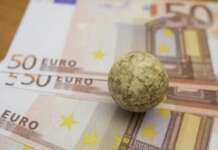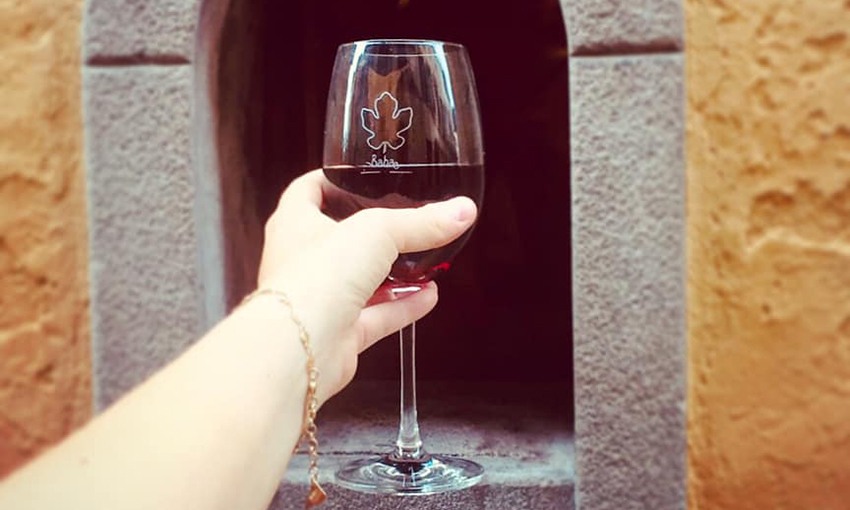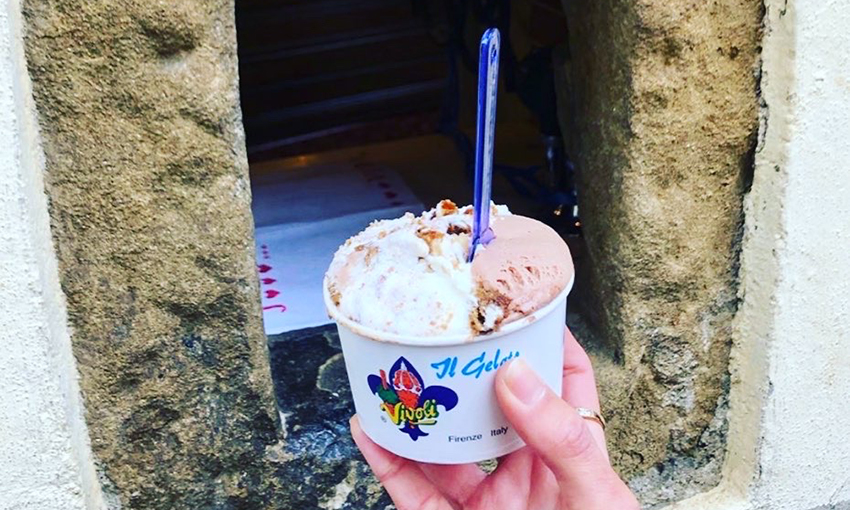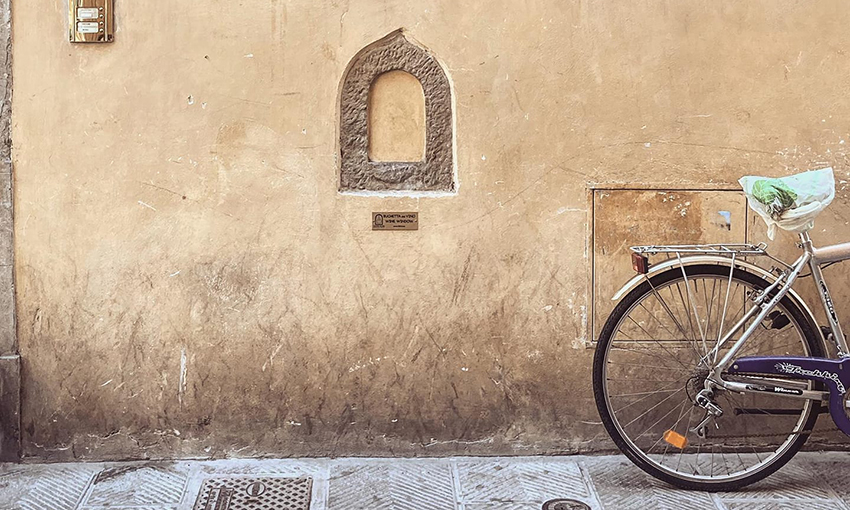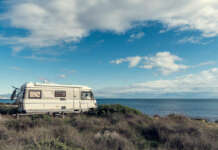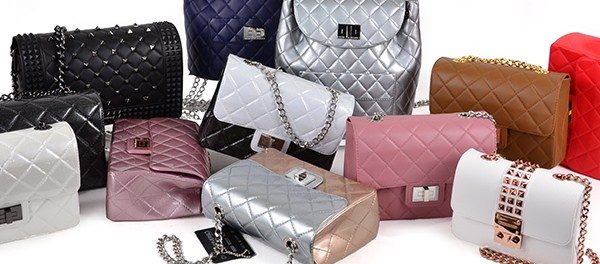Index
Have you ever heard of the wine holes in Florence? You may have seen many of them while walking but you have not paid much attention to them. Yes, because in the streets of the Florentine city it is not difficult to come across small windows at street height, positioned on the walls of the oldest city buildings for centuries. But why are we talking about it right now? In this difficult period, the “era of Coronavirus”, In which we have been forced to maintain the social distance, there have been different talents to continue to serve the customers in the best possible way, from take away to digital menus up to the most disparate ideas at home. In Florence, however, the idea comes from the past and has nothing technological: ready to find out more?
What are the "wine holes" in Florence?
This term is commonly referred to as openings in the facades of Florentine houses and palaces, through which millions of flasks and glasses of wine have changed hands over the course of over four centuries. In short, historical courses and appeals, never so current. Wine sold directly from the producer to the consumer, according to a very original commercial method, which used familiar names such as Antinori, Frescobaldi or Ricasoli. In Florence of '500 These little doors were opened, very useful for selling wine in an era in which the sale from family production was not subject to taxes, and also convenient for traveler customers given the lower price compared to that sold in taverns. But they were not only used for wine purchases, in fact it happened that they came from the little holes surplus food is also offered to the poorest. A kind of beneficence by the owners towards the needy, but always using only one hand through the small space, especially in the period of plague. In fact, it is said that, during the period of epidemic that decimated the Florentine population, the little holes came also used to avoid any form of contact, using a metal scoop with which to receive the payment in coins, immediately immersed in vinegar to disinfect them. Therefore no contact, not even visual, with a wall to distance.
Yesterday like today: the rediscovery of wine holes for a "safe" sale
Today, like yesterday, the little holes are perfectly suited to trade "Anti-contagion". Many have actually never ceased to be used, but during these months of health emergency, many have thought well of "Reactivate" the ancient little holes and so, in a short time, many of these historic windows were reopened and used precisely for the safe sale ... but no longer just wine!
An excellent example is the little hole in Via dell'Isola delle Stinche which, since the beginning of the pandemic, has been reopened and reactivated by Vivoli ice cream parlor for the sale of cappuccinos and tub ice creams. But also the neighbor Osteria delle Brache in Piazza Peruzzi, or the little hole of Babae in Santo Spirito, or the Latini, historic place in Florence, which has always used the wine holes even before the pandemic to offer wine and cold cuts through its two doors used by well 110 years! A historic trattoria in the heart of the city, born as a fiaschetteria, which today is managed by the young Emilia, who explained to us: "le buchette have become much of fashion, even some are passed off as centenarians when instead someone has only recently created them! ”.
All realities that have brought back the citizens of Florence back in time. The original function of the little holes is therefore useful in 2020 for a remote trade, mandatory both during the time of the plague and today.
The Buchette del vino Association
There is also aAssociation born with cultural and non-profit intentions, which over the years has developed the census of little holes in the Florentine territory, coming to catalog almost 170 references, from about 90 from which we started. And according to research, there are also 80 other wine windows in 30 different locations in the rest of Tuscany.
Matthew Faglia, President of the Buchette del Vino Association, says: "in Florence, both guided tours and 'hunts for holes', and on several occasions we have held meetings and conferences on the subject, guests of other cultural associations or libraries. After the re-edition of Massimo Casprini's book 'I finestrini del vino', we have created with the contribution of the Cassa di Risparmio Foundation a map of the small holes in the historic center of Florence and we continue, with the authorization of the Superintendency, the affixing of signage plates in agreement with the owners of little holes ".
Buchette del vino in Florence: where to find them?
There are so many, we refer you to map created by the Association to have a very detailed and constantly updated photograph. To date, however, the numbers of this particular heritage are: 150 in the walls of Florence, 25 outside the walls, 93 outside the city.
Have you ever tried the little holes? Did you know this ancient tradition?
Article From '500 to 2020: the rediscovery of the ancient "wine holes" seems to be the first of Food Journal.






















